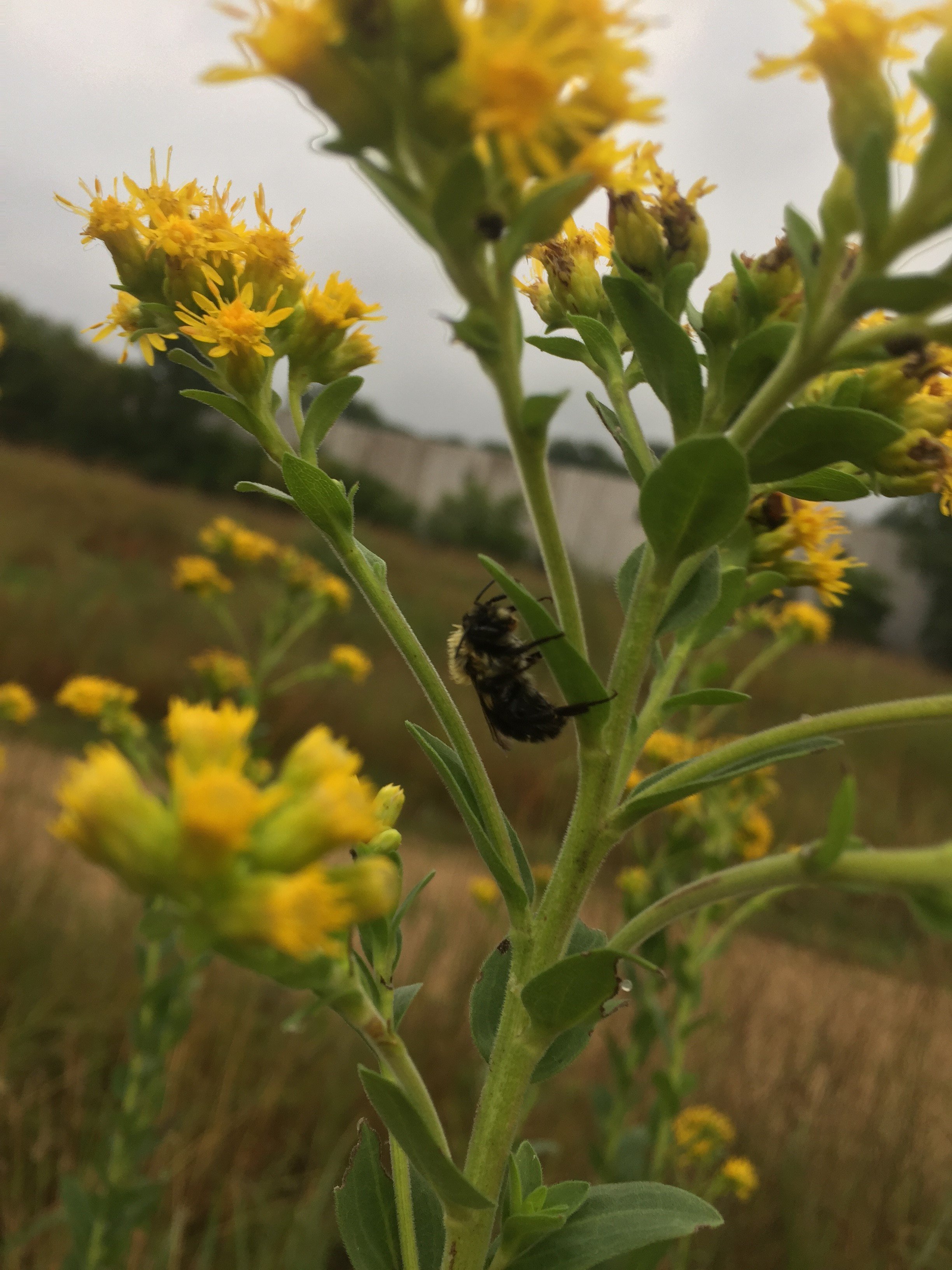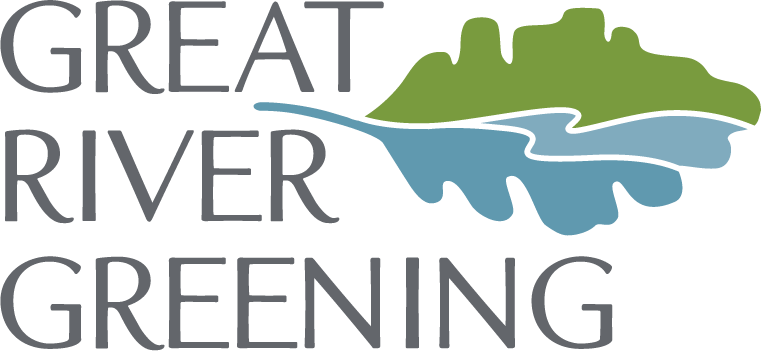
POLLINATOR HABITAT RESTORATION
About Us
As Minnesota’s leader in nature-based climate solutions through land restoration, Great River Greening is devoted solely to stewardship of our land and water. We engage volunteers of all ages in restoration projects, helping to protect the outdoor places we all know and love, and we’d love to have YOU join us.
Become a Community Scientist
Supported by grants from the Environment and Natural Resources Trust Fund, Great River Greening is restoring and enhancing more than 500 acres of pollinator habitat on 28 sites in the Twin Cities Metro area to benefit pollinators and people and to build knowledge of the impact through community-based monitoring.
This monitoring works includes three ways for members of the public to get involved. Click each section below to find out how you can support pollinators today.
-
Attend a bumble bee catch-and-release survey with expert identification by the University of Minnesota Bee Lab and the Xerces Society.
2023.07.07 Pollinator Monitoring | Spring Lake Regional Park
2023.07.07 Pollinator Monitoring Event | Ritter Farm Park
2023.07.18 Latino Conservation Week Pollinator Monitoring Field Day | Crosby Farm Park | St. Paul
2023.08.04 Pollinator Monitoring | Spring Lake Regional Park
2023.08.04 Pollinator Monitoring Event | Ritter Farm Park
2023.08.17 Pollinator Monitoring | Spring Lake Regional Park
-
Great River Greening is partnering with the University of Minnesota Bee Lab to identify the bees you upload to iNaturalist. Bee Lab experts will analyze your bumble bee observations from 16 restoration sites. You can participate (on your own schedule!) by uploading pollinator photos to iNaturalist when you visit the following sites:
Anoka High School, Anoka
Clearview Elementary School, Clear Lake
Crosby Farm Park, Saint Paul
Garlough Environmental Magnet School, Saint Paul
Heritage Park, St. Cloud
Hidden Falls Regional Park, Saint Paul
Inspiration HOA Prairie, Bayport
Lebanon Hills Regional Park, Eagan
Maplewood City Hall, Maplewood
Ramsey Station, Ramsey
Ritter Farm Park, Lakeville
Spring Lake Park Reserve, Hastings
Spring Lake Regional Park, Prior Lake
Thunder Bay Park, Little Canada
Two Rivers High School, Mendota Heights
Westwood Hills Nature Center, St. Louis Park
-
Sign up to conduct pollinator surveys in July and August at one of 16 restoration sites. No experience necessary; training provided. For more information, please contact Sara Nelson at snelson@greatrivergreening.org.
Each type of monitoring listed above is an opportunity to learn about pollinator conservation and contribute to broader understanding of the benefits of restoration to pollinators and other insects. We hope you will consider joining us.
Our experienced technicians may use the following prairie restoration techniques as part of our projects:
Turf removal
Prescribed burns
Invasive plant removal
Seed sowing
Tree, grass, and wildflower planting
Questions?
If you have questions about a particular project site, send us an email at greening@greatrivergreening.org.
If you’d like to support projects like this across our state, please consider a donation. Your gift will transform Minnesota’s natural areas into healthy, resilient places for generations to come.
Habitat Restoration
Minnesota is home to thousands of pollinating species, including bees, butterflies, and mammals. Not only do pollinators play a critical role in our food supply chain, they also sustain healthy ecosystems by supporting plant resilience and growth.
Great River Greening restores more than 1,500 acres of pollinator habitat annually, helping our pollinating friends access food and nesting ground. Pollinator habitat can take years to establish and grow, but once restoration is complete, the natural area is a beautiful place for wildlife and humans alike.


